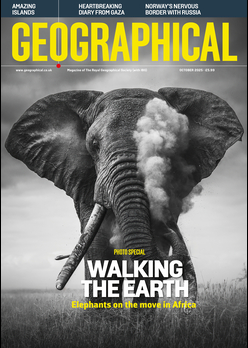
Explore the meaning of key climate acronyms and terms that will help you understand the discussions coming out of COP29
By
Getting to grips with COP29 can feel overwhelming if you don’t understand all the jargon and technical terms being thrown around.
Find out exactly what is meant by ten of the most common terms and acronyms used during the latest COP proceedings, breaking them down and making it easier for you to stay on top of this year’s climate conference.
Click on the terms below to learn more about their meaning:
Global warming
Global warming refers specifically to the increase in Earth’s average surface temperature, which is primarily caused by human activities that release greenhouse gases like carbon dioxide and methane into the atmosphere. This warming trend drives many changes we are seeing across the globe, such as melting polar ice, rising sea levels, and more extreme weather patterns.
Climate change
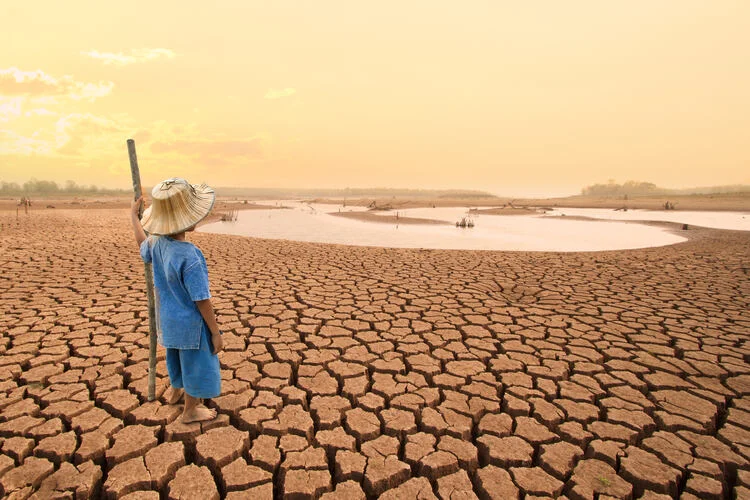
Often, ‘climate change’ and ‘global warming’ are used interchangeably, which is understandable due to their similar meanings. However, it’s important to recognise that climate change does not only refer to warming temperatures.
Enjoying this article? Check out our related reads:
Climate change includes shifts in weather patterns, increased frequency of extreme events (like hurricanes, floods and droughts), and disruptions to natural ecosystems (like rainforests and deserts). While global warming is a key cause of these shifts, climate change describes the full range of impacts – some of which might not involve temperature rise alone.
COP (Conference of the Parties)
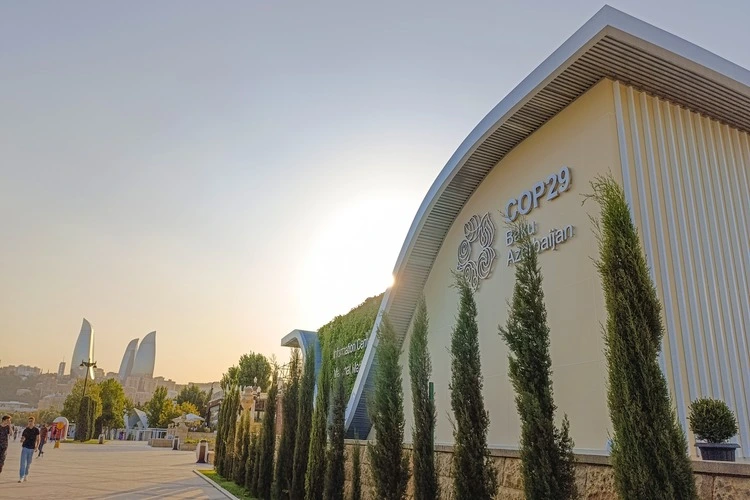
The COP, or Conference of the Parties, is an annual gathering where world leaders, scientists, and activists come together to discuss solutions to fight climate change. COP29 is the 29th meeting of this kind, held under the United Nations and is currently being held in Baku, Azerbaijan.
The COP conferences have set major climate goals in recent years, like the 2015 Paris Agreement. Each COP provides a chance for countries to renew their commitments, discuss new targets, and address pressing climate issues.
UNFCCC (United Nations Framework Convention on Climate Change)
UNFCCC is another key climate acronym, standing for the United Nations Framework Convention on Climate Change. Its name is representative of the 1992 treaty committing 198 countries to fighting the issue and the secretariat set up to implement that treaty. The UNFCCC set the foundation for global climate action, with a mission to stabilise greenhouse gas levels in the atmosphere.
The UNFCCC provides the legal and structural framework for international climate agreements. It’s also responsible for managing the COP process, coordinating national commitments, and tracking progress towards global climate goals.
Paris Agreement
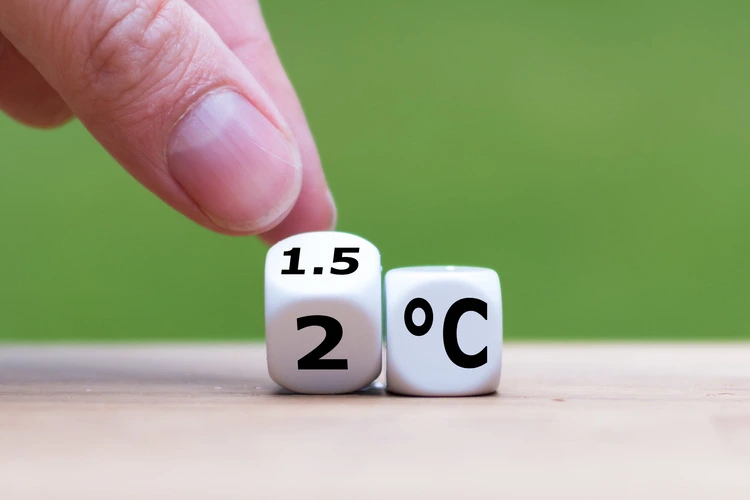
The Paris Agreement is a deal that was reached in 2015 at COP21 and is one of the biggest achievements to have ever come from COP. In this agreement, nearly every country in the world agreed to limit global warming to well below 2C above pre-industrial levels, ideally aiming for 1.5C.
Holding countries accountable to their own ambitious goals and Nationally Determined Contributions has been a key focus of subsequent COP meetings and reviewing progress on these is a primary aim of COP29.
The annual COP meetings are very important for ensuring that the ambitious 1.5C target is reached, allowing leaders to discuss and pledge improvements that they need to make to their plans to stay on track.
At COP29, all eyes are on the US as the recent election results may impact the stability of this agreement. Any shifts in climate policy or commitments from the US – one of the world’s largest greenhouse gas emitters – could affect global efforts toward meeting the agreement’s goals.
IPCC (Intergovernmental Panel on Climate Change)
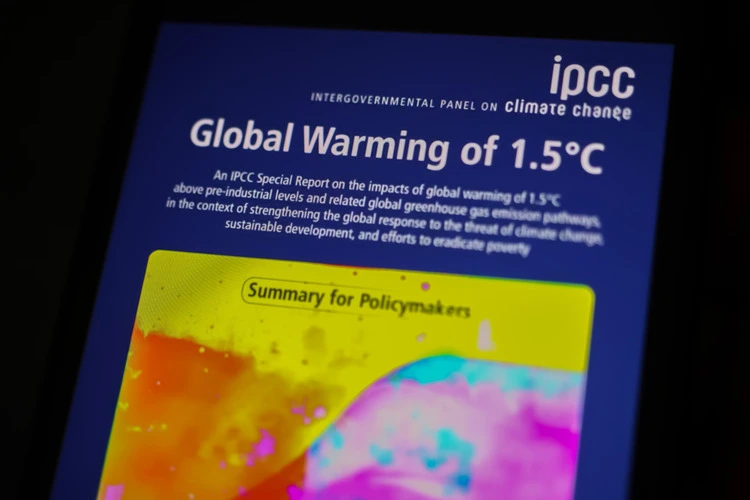
The IPCC is the leading international body for assessing climate science. Formed by the UN, it is made up of hundreds of scientists who review the latest climate research and issue assessment reports on climate risks, impacts, and possible solutions.
The IPCC’s most recent report – the Sixth Assessment Report – highlighted that climate change is happening faster than expected and that urgent actions are needed to prevent irreversible damage. This report will likely influence the discussions and goals at COP29.
NCQG (New Collective Quantified Goal on Climate Finance)
The NCQG aims to update the $100 billion-per-year pledge, aimed at providing higher funding from developed nations to support developing nations in tackling climate change.
This new goal is essential for building resilience to climate change’s impacts in vulnerable countries and ensuring equitable climate action. It’s also a step toward climate justice, holding wealthier nations accountable for their high emissions.
At COP29, negotiators will likely focus on finalising a clear, ambitious target for the NCQG.
Carbon credits
Carbon credits have been a big talking point at COP29 so far, but they are seen by many as quite controversial.
Carbon credits allow companies or countries to offset their emissions by investing in environmental projects, such as renewable energy, reforestation, or methane capture. Each credit represents one tonne of carbon dioxide emissions reduced or removed from the atmosphere.
Carbon markets facilitate the trading of carbon credits between countries.
They help nations and industries meet their climate targets through flexible mechanisms, allowing them to still reach their climate targets.
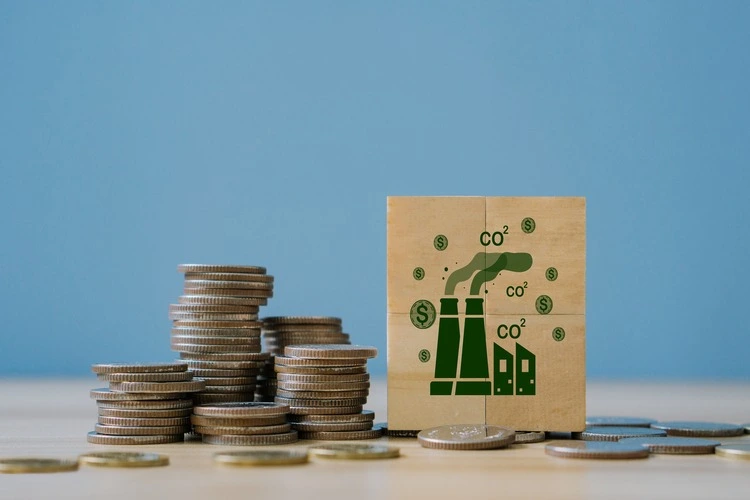
Article 6
Article 6 is closely tied to the operation of carbon credits and their markets. Part of the Paris Agreement, the Article sets a framework for international carbon trading, allowing countries to collaborate on emission reductions through the markets. It also aims to help them meet their climate targets in a more cost-effective way.
Under Article 6, countries can transfer carbon credits earned from the reduction of greenhouse gas emissions to help one or more countries meet their climate targets.
At COP29, Article 6 negotiations will focus on fine-tuning the rules around carbon trading, especially on verification and accountability standards.
With more and more countries wanting to increase their carbon trading, headlines on carbon credits and the implications of Article 6 are already breaking from this year’s conference.
Transition fuels
A transition fuel is a low-carbon alternative to fossil fuels, such as coal and oil, that can aid in lowering emissions of carbon dioxide. Due to its lower carbon emissions than coal and the speed at which gas-fired power plants may be constructed, natural gas was formerly regarded as a transition fuel, but there are now pushes to steer further from this fuel and towards renewable sources only.
The process of switching from fossil fuels to renewable energy sources including solar, wind, and hydro is known as the ‘energy transition.’ A sustainable energy future and climate change mitigation depends on countries and governments being able to make important switches in their energy production.

